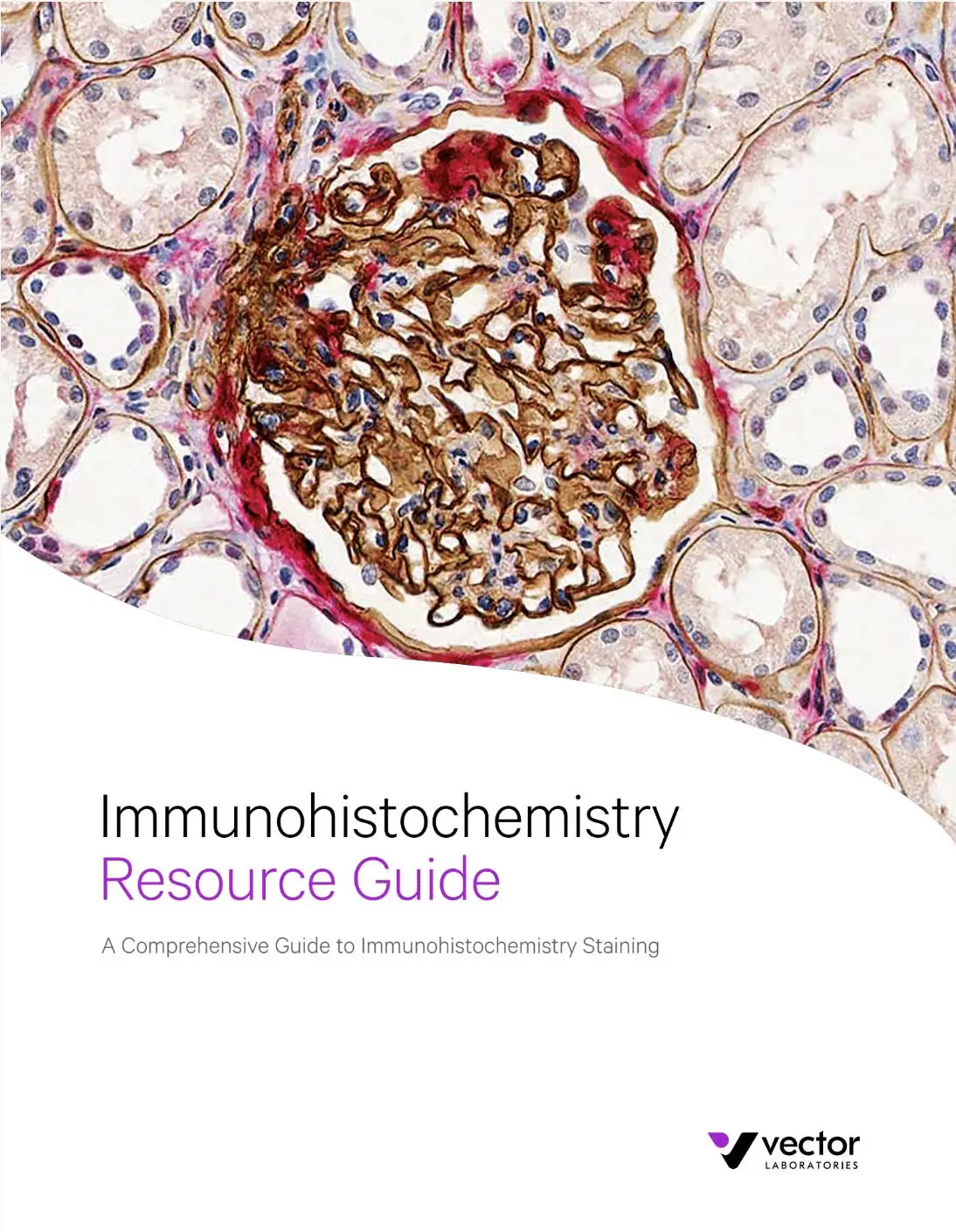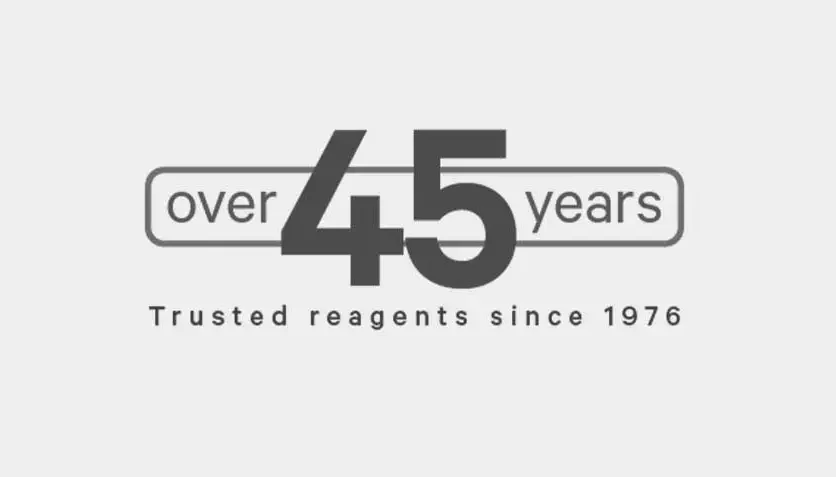Table of Contents
- Introduction
- Immunohistochemistry Workflow
- Immunohistochemistry Selection Guide
- Pioneering in IHC Technology
- Choosing a Detection System
- Avidin-Biotin Complex (ABC)-Based Detection
- VECTASTAIN® ABC Systems
- VECTASTAIN® ABC Kits
- Choosing a VECTASTAIN® ABC Kit
- > Customizing your VECTASTAIN® ABC Kit
- Polymer-Based Detection
- ImmPRESS® One-Step Polymer Systems
- > ImmPRESS® Two-Step Amplified Polymer Systems
- > Choosing an ImmPRESS® Polymer Kit
- > Multiple Antigen Labeling Simplified
- Species on Species Detection
- M.O.M.® (Mouse on Mouse) Immunodetection Kits
- Choosing an Enzyme Substrate
- Enzyme Substrates
- > Enzyme Substrate Properties
- Multiple Antigen Labeling
- Enzyme Substrate Combinations
- Counterstaining
- > Counterstain/Substrate Compatibility Table
- Blocking Background Signal
- Secondary and Tertiary Detection Reagents
- Mounting Media
- Accessory Reagents
- Introduction
- Immunohistochemistry Workflow
- Immunohistochemistry Selection Guide
- Pioneering in IHC Technology
- Choosing a Detection System
- Avidin-Biotin Complex (ABC)-Based Detection
- VECTASTAIN® ABC Systems
- VECTASTAIN® ABC Kits
- Choosing a VECTASTAIN® ABC Kit
- > Customizing your VECTASTAIN® ABC Kit
- Polymer-Based Detection
- ImmPRESS® One-Step Polymer Systems
- > ImmPRESS® Two-Step Amplified Polymer Systems
- > Choosing an ImmPRESS® Polymer Kit
- > Multiple Antigen Labeling Simplified
- Species on Species Detection
- M.O.M.® (Mouse on Mouse) Immunodetection Kits
- Choosing an Enzyme Substrate
- Enzyme Substrates
- > Enzyme Substrate Properties
- Multiple Antigen Labeling
- Enzyme Substrate Combinations
- Counterstaining
- > Counterstain/Substrate Compatibility Table
- Blocking Background Signal
- Secondary and Tertiary Detection Reagents
- Mounting Media
- Accessory Reagents
Multiple Antigen Labeling Simplified
A key advantage of the ImmPRESS® Polymer Reagent is that it significantly shortens staining times for multiplex immunohistochemistry (IHC) protocols.
- Fewer steps than conventional protocols decreases slide handling.
- Eliminates the need for avidin/biotin blocking steps in samples with endogenous biotin.
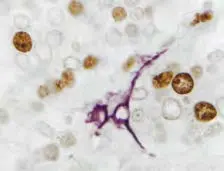
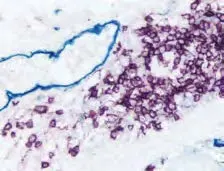
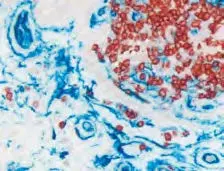
Using the ImmPRESS® Polymer Kits for multiplex IHC protocols.
1 Add First Primary Antibody

2 Add ImmPRESS Reagent

3 Add Enzyme Substrate I
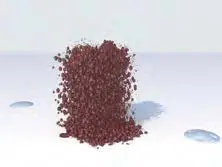
4 Add Second Primary Antibody
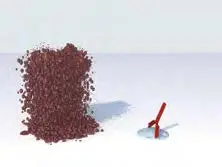
5 Add ImmPRESS Reagent

6 Add Enzyme Substrate II
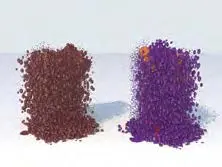
Read more about multiplex IHC protocols: Discovery Through Color: IHC Multiplexing Guide

